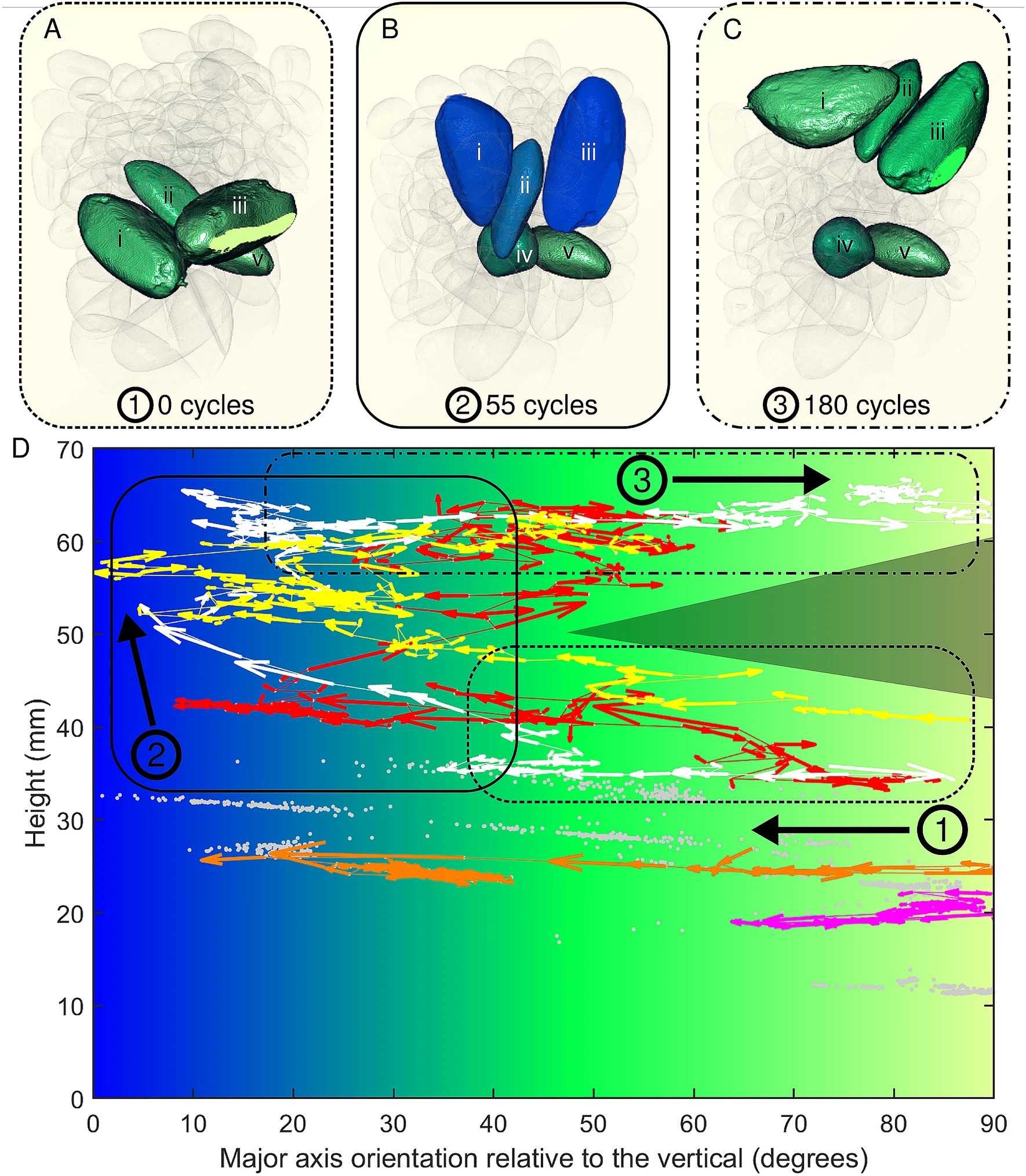Seemingly trivial, the discovery could have implications for the food and pharmaceutical industries – and even mining (Photo: pictavio / Pixabay)
For the first time in history, researchers at the University of Manchester, England, have unveiled the mystery behind a phenomenon commonly known as the “Brazil Nut Effect”. Using 3D technology, the team has answered a question that has puzzled the scientific community – and the industry – for years: What path do Brazil nuts take to always be on top of the chestnut mix?
At first glance, the path does not contain puzzles and can be explained by physics, more specifically by the concept of separation by volume. Because of its irregular shape, the Brazil nuts in the bean mix are usually “over” other nuts (cashews, for example). Easily observed with the naked eye, in a bowl or can of nuts, this phenomenon has not yet been tracked in three dimensions – and this is what Manchester scientists have done.
In this endeavor, the group was able to trace the inside of a mixture of Brazil nuts and peanuts. While the packaging was shaken frequently, X-ray CT techniques captured how the pellets would react. “This allowed us to see the process that Brazil nuts go through to reach the top for the first time,” says Philip Withers, professor of materials science and co-author of the study. The current situation.

The experiment captured the chronological evolution of a mixture of Brazil nuts and peanuts. Above, the chestnuts have been colored according to their size (top), as well as the peanuts (middle). (Image: Scientific Reports / Reproduction)
The researchers summarized the experiment in an image that reveals the chronological evolution of the three-dimensional nut mix. In it, it is possible to notice that the peanuts are spilling down, while three larger Brazil nuts reach the top of the container – and at the same time, the remaining Brazil nuts appear stuck to the bottom.
Published in the journal Scientific Reports On Monday (19), the study showed that the first Brazilian bean reaches the first 10% of a tank’s height after 70 shear cycles – as in physics, the stresses created by forces acting in similar directions are called – what happens two nuts The other Brazilian after 150 turns.
Experience has also shown that when initially placed in the container, Brazil nuts tend to remain flat – that is, on the horizontal axis – and do not begin to rise until they are first turned sufficiently toward the vertical axis. When they finally reach the surface, they return to the flat direction, as shown in graphs taken from images captured at the National Research Center for Laboratory-Based X-ray Tomography (NSCT), at the Henry Royce Institute.

According to the researchers, the direction of the Brazilian nut is the key to its upward movement. Above, the photo shows the movement of brazil nuts and peanuts over time. (Image: Scientific Reports / Reproduction)
And why did some Brazil nuts “stuck” and not reach the top like others? According to the researchers, this was due to the small number of peanuts at the bottom of the container. It is these beans that, when crossing the larger chestnuts and sneaking down, “force” the Brazil nuts up. With only four of them at the bottom, there wasn’t enough mass flow to drive these Brazil nuts up – even if they were spinning vertically.
And why is this important?
This finding appears trivial, as it could help researchers better understand the effects that properties such as particle size and orientation have on material separations (or separation) processes. This, according to the study, is a key factor in designing industrial equipment that promotes a more uniform distribution of ingredients in nutritional blends and medicinal pills – and even in mining activities.
But not only that. “This ability to track 3D motion will pave the way for more experimental studies of separation mixtures and even more realistic simulations and robust predictive models,” he suggests. a study.

“Hardcore beer fanatic. Falls down a lot. Professional coffee fan. Music ninja.”

:strip_icc()/i.s3.glbimg.com/v1/AUTH_59edd422c0c84a879bd37670ae4f538a/internal_photos/bs/2024/B/z/cQGmlCQ8enEi6a4aMy3A/2024-04-20t192308z-405666584-rc2ja7aop8ei-rtrmadp-3-usa-congress-ukraine.jpg)




More Stories
The first science fair in São Caetano encourages research using… ABC do ABC
Educational work discusses women in science
The Call with EU program will support research in materials science and engineering